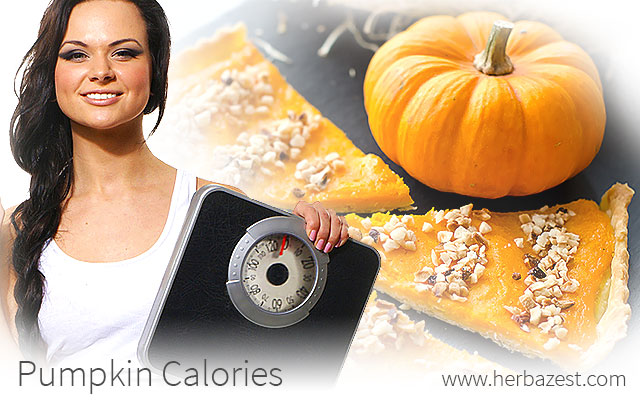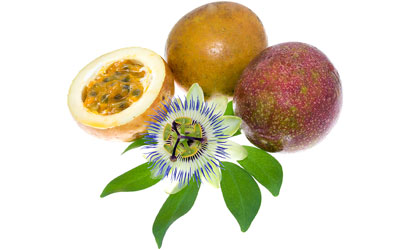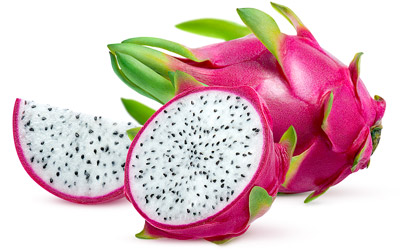From figuring out how many carbs are in a pumpkin to understanding its plant classification, popular knowledge about pumpkin still remains quite elusive. For example, it is a commonly-held belief that the pumpkin is fattening, and is therefore not highly regarded by some health-conscious foodie communities. Many only take into account pumpkin's carbohydrate content, while lacking the basic understanding of the role of nutrients.
Calories are one measure of the energy found in food. Carbohydrates (or carbs) are macronutrients that are rich in energy. Energy is used by the body at all times to carry out tasks and bodily functions. The body changes carbs into glucose, and if this glucose goes unused for energy, it is later stored as fat. Perhaps this is why some are overly cautious about carb consumption - and why many are wary of the benefits of consuming pumpkin as part of a well-balanced diet. However, despite popular opinion, pumpkins are delicious, nutrient-rich, protein-packed plants filled with powerful antioxidants.
How Many Calories Are in a Pumpkin?
Though colorful and visually appealing, pumpkins are more than just a pretty fruit. Pumpkins are also versatile, and can be served in a variety of entrees, snacks, side dishes, and desserts.
Canned pumpkin is one of the most popular ways of serving pumpkin. Quick, inexpensive, and easy to prepare, canned pumpkin is the go-to recommendation for pumpkin pies and pumpkin squares. Dessert can be simpler with canned pumpkin, which has only 34 calories per 100 g. In recipes, it is recommended to use sugars, sweeteners, and salt in moderation, which will help to ensure the full health benefits of pumpkin are not overshadowed.
Boiled and cooked pumpkins are also relatively low in calories, accounting for roughly 20 calories per 100 g serving.
On the other hand, roasted pumpkin seeds are significantly higher in calories, with nearly 575 calories per 100 g serving.
Calories in Pumpkin and Daily Requirements
Though they often get a bad reputation, pumpkins are relatively healthy when compared with the recommend daily nutrient requirements. Though it varies from person to person, depending on age, gender, weight, and physical activity level, the daily requirements are a set of guidelines or recommendations for how many of each of the major nutrients a person should consume each day.
It is recommended that the average person consume about 2,000 calories daily. This means that a 100 g serving of canned pumpkin or roasted pumpkin would account for only 1 - 2% of the recommended caloric intake. The same amount of pumpkin seeds, however, would take up nearly 30% of the recommended intake.
Calories in Pumpkin vs. Other Vegetables
Pumpkins are loaded with vitamins, particularly vitamin A, an important nutrient related to cell growth, bone and skin health, reproduction, and the immune system. Like pumpkin, carrots and tomatoes are also two commonly-used plants that are high in vitamin A. Compared to tomatoes, pumpkins are much starchier, and while carrots and pumpkins have about the same caloric content, pumpkins have a bit less carbs.
Pumpkins are delicious, vibrantly-colored fruits with a lot to offer. Chock full of vitamin A, energy-boosting magnesium, and immune-strengthening zinc, among other nutrients, pumpkins are important power foods that provide fiber and may help to lower cholesterol. Pumpkins are comparable to other starchy fruits and veggies and should be combined with a well-balanced, nutritious diet.
Sources
- National Health Service, Government of the United Kingdom, Understanding calories | The truth about carbs
- Nutrition Research, Medicinal and biological potential of pumpkin: an updated review, 2010
- USDA Nutrient Database





